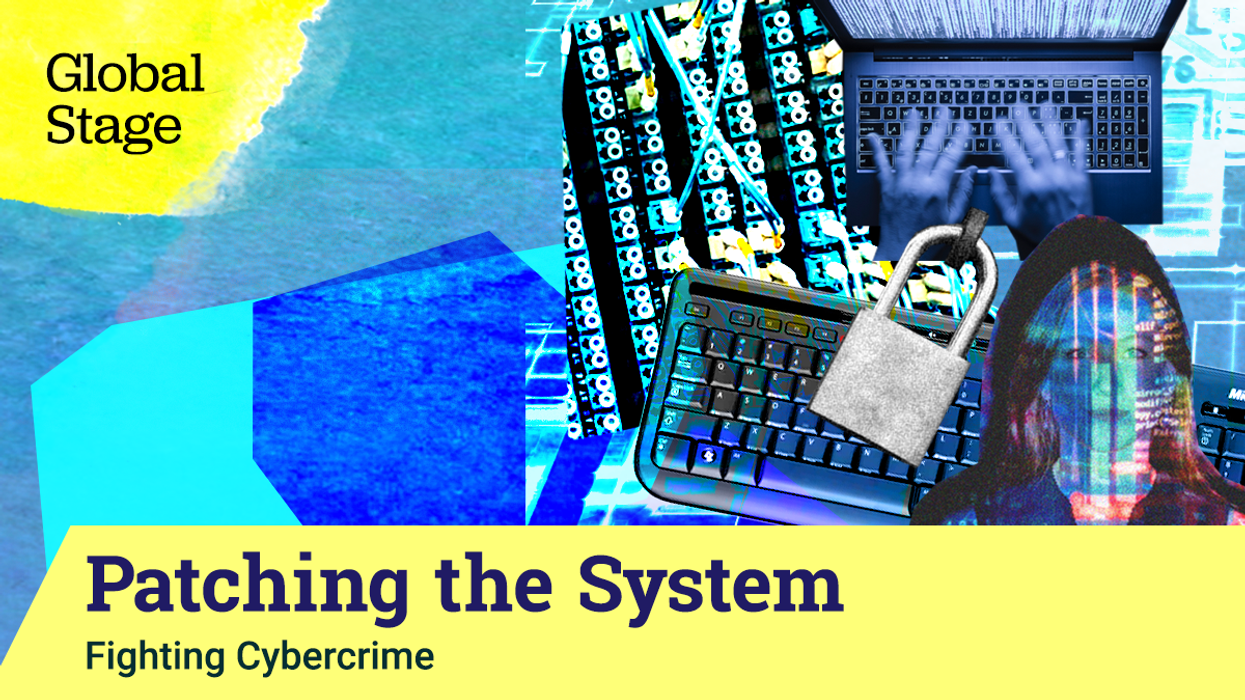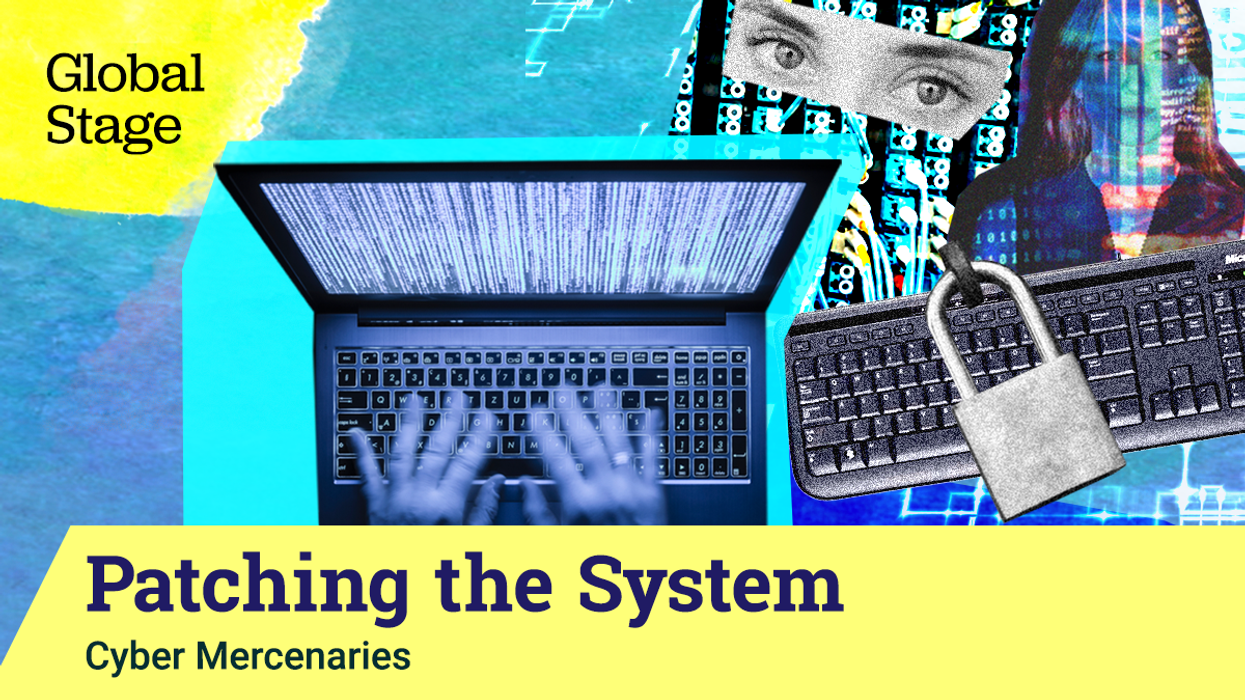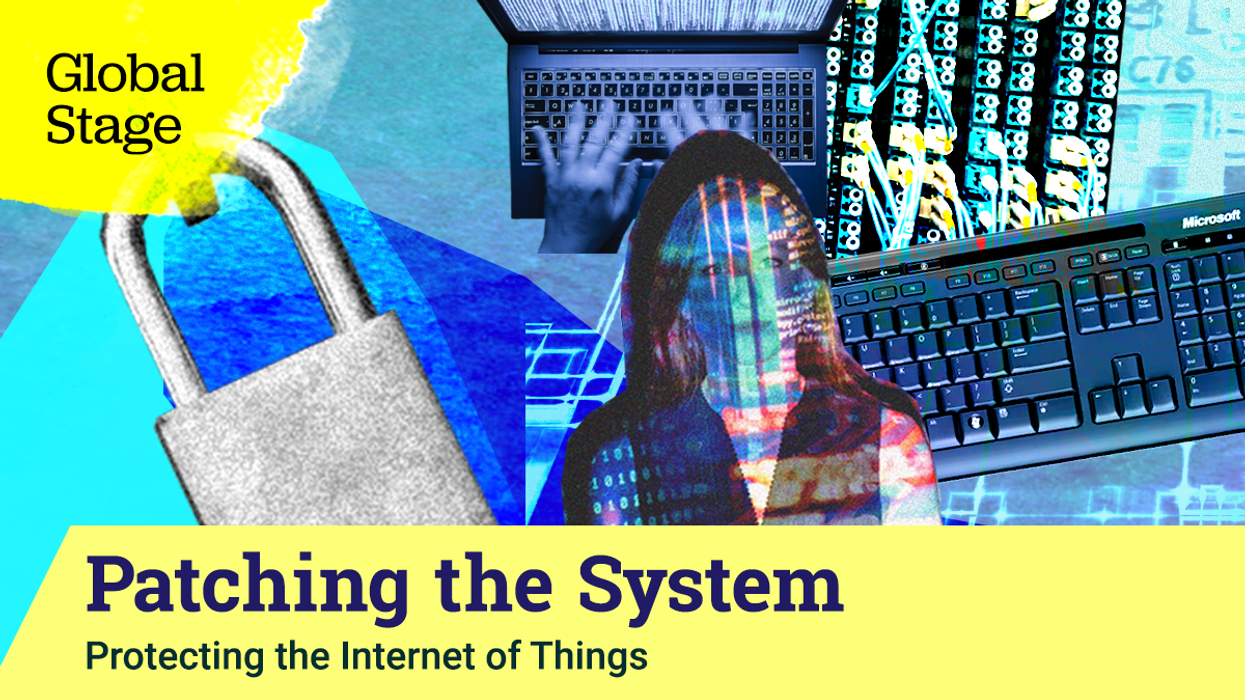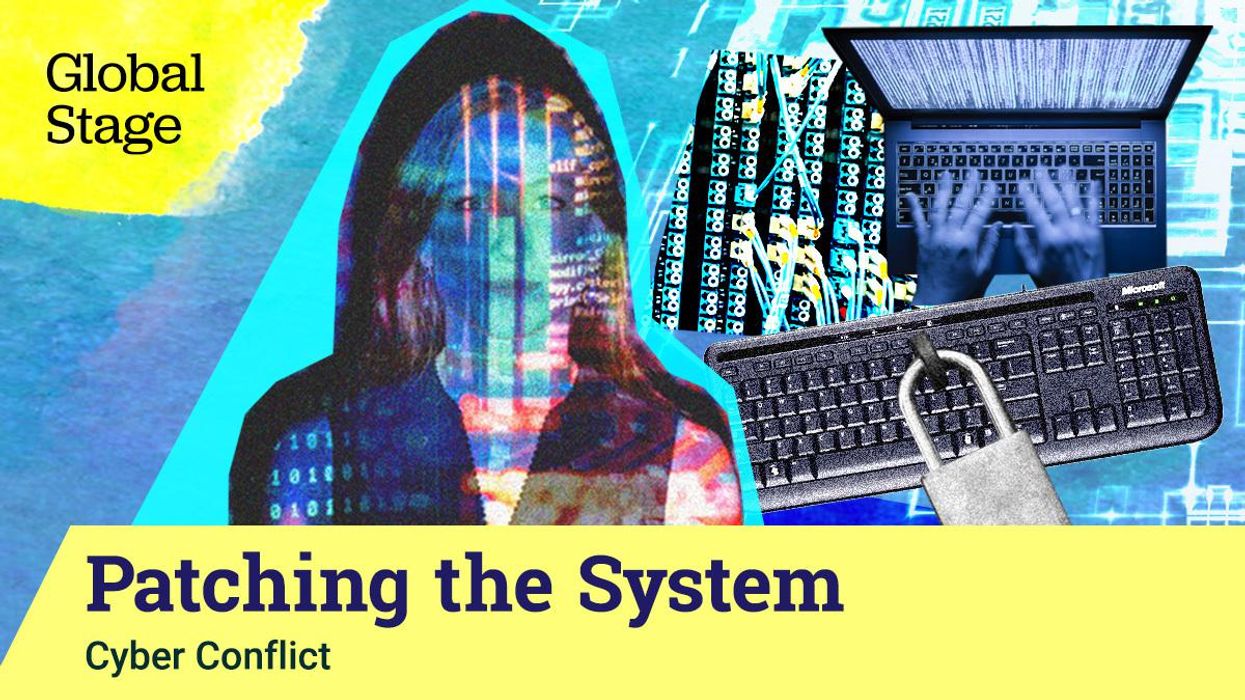Patching the System
Podcast: A cybercrime treaty proposed by…Russia?
Listen: Cybercrime is a rapidly growing threat, and one that will require a global effort to combat. But could some of the same measures taken to fight criminals online lead to human rights abuses and a curtailing of freedom? As the United Nations debates a new and expansive cybercrime treaty first proposed by Russia, we’re examining the details of the plan, how feasible it would be to find consensus, and what potential dangers await if the treaty is misused by authoritarian governments.
May 11, 2022




